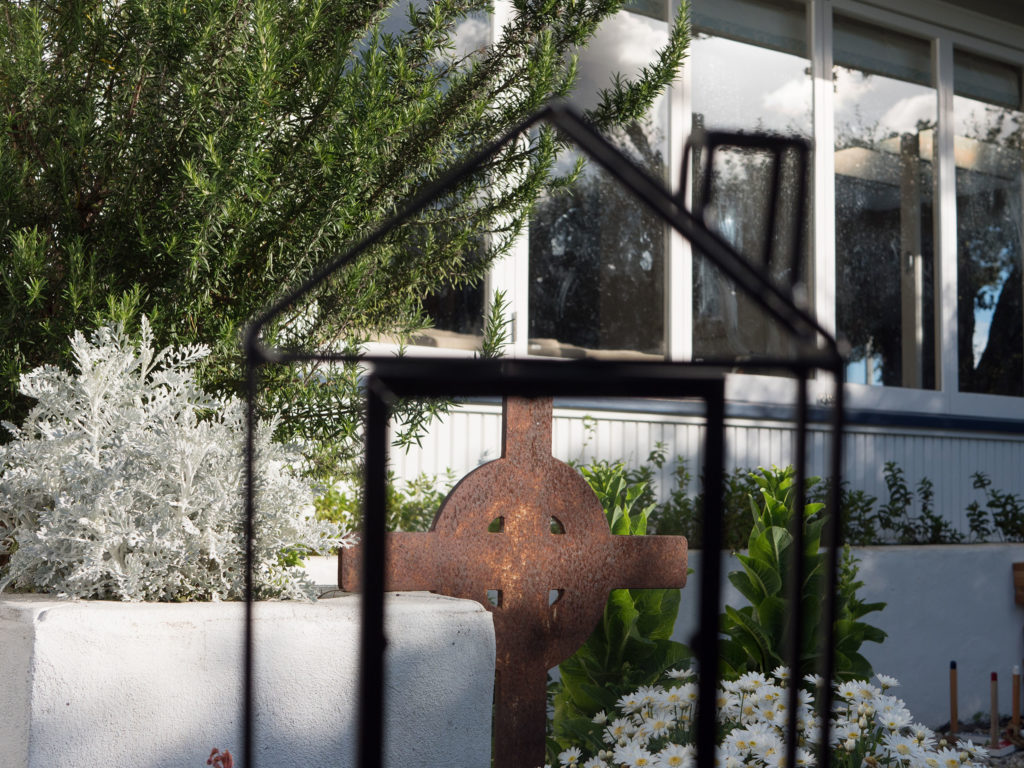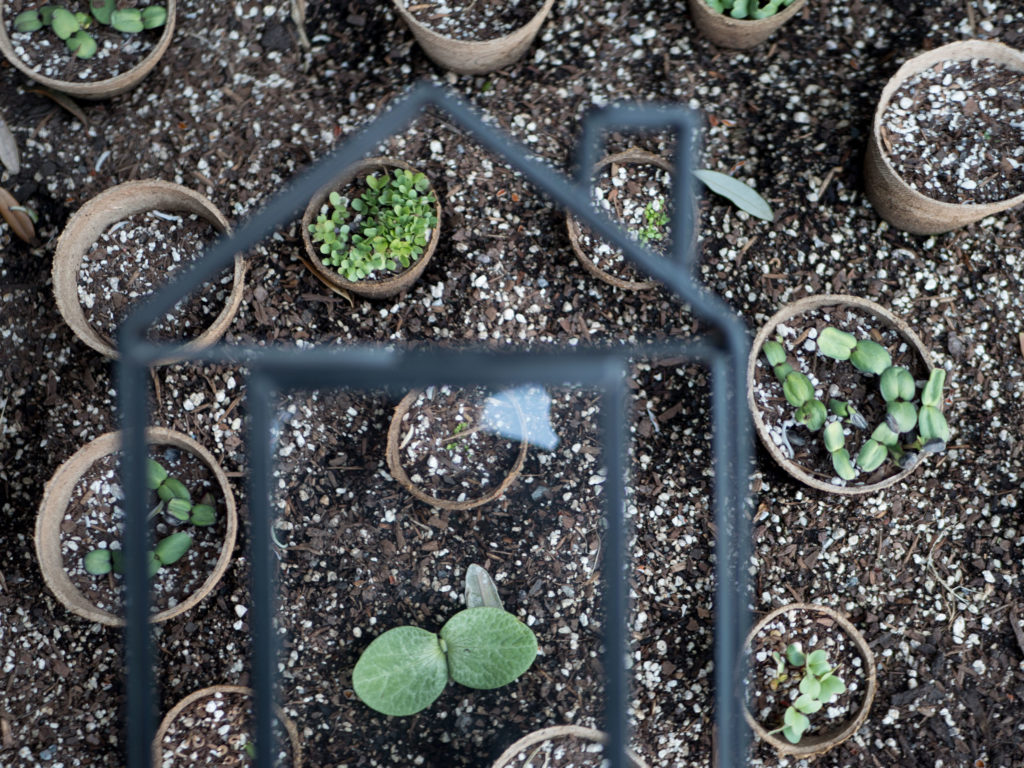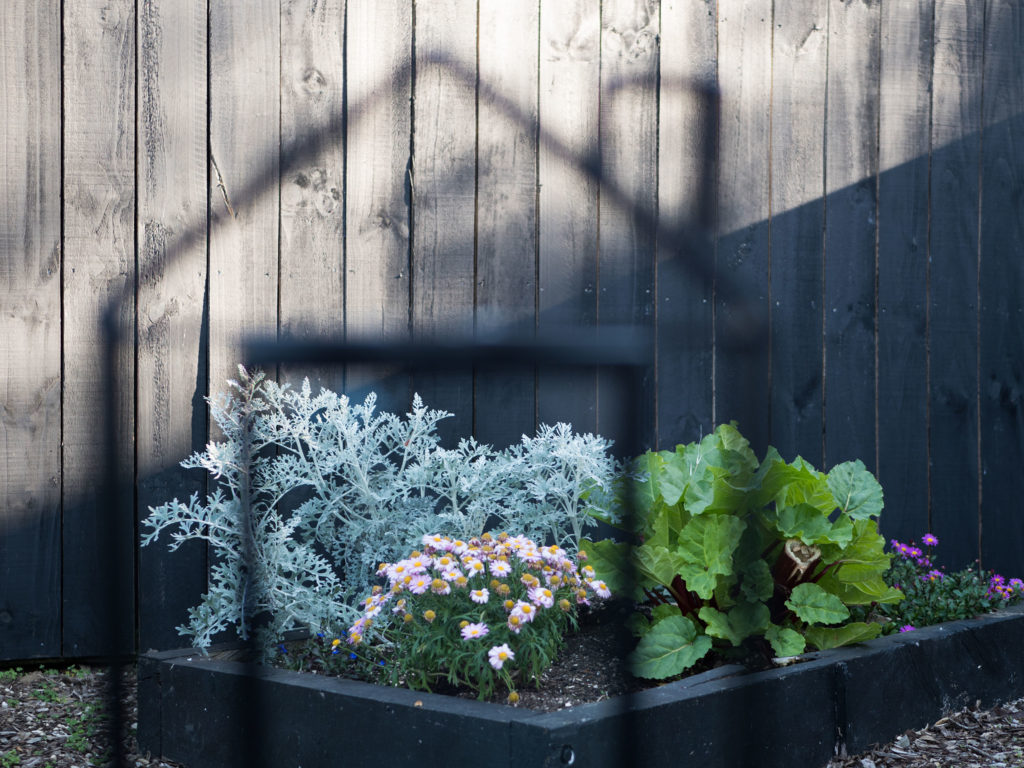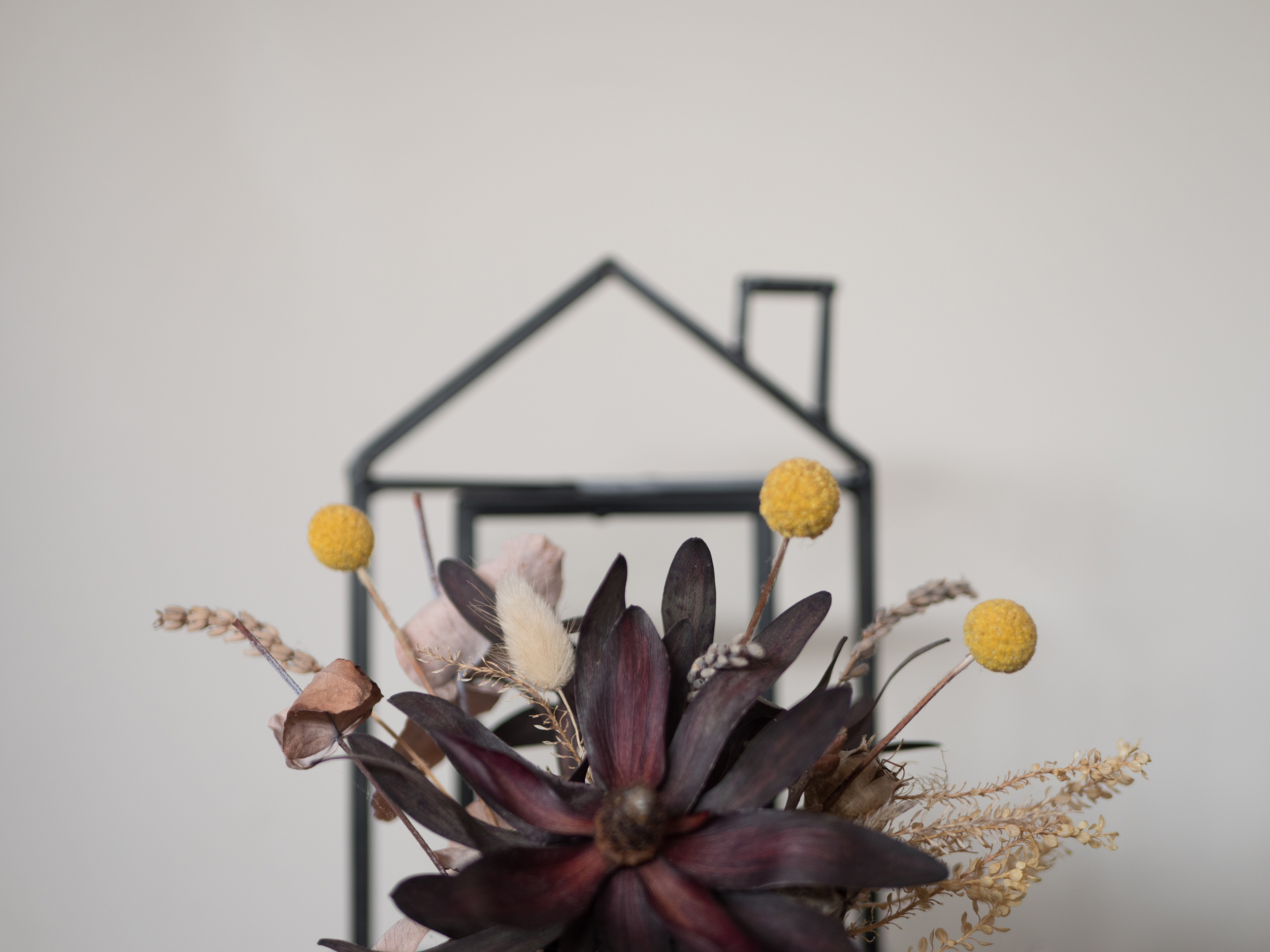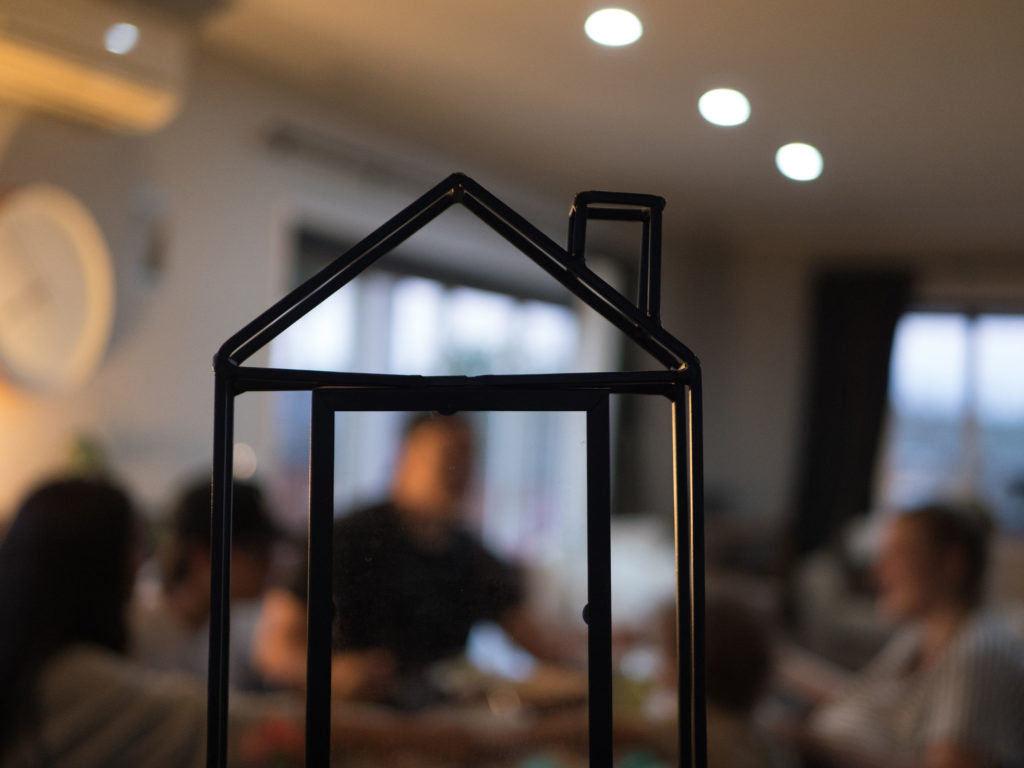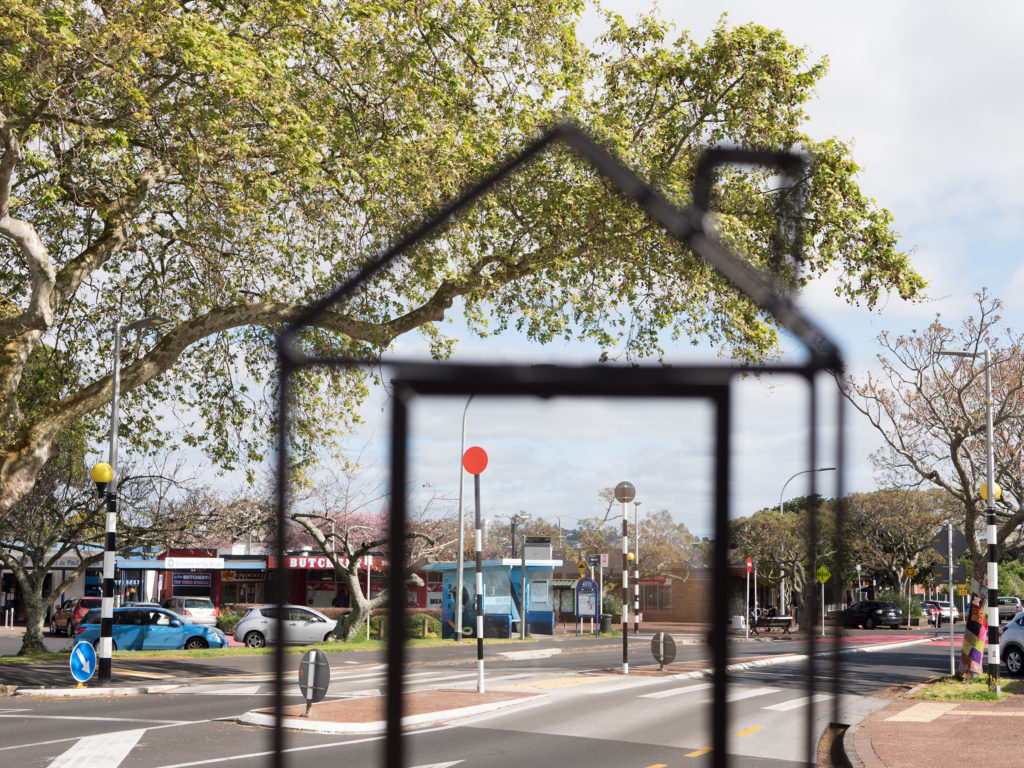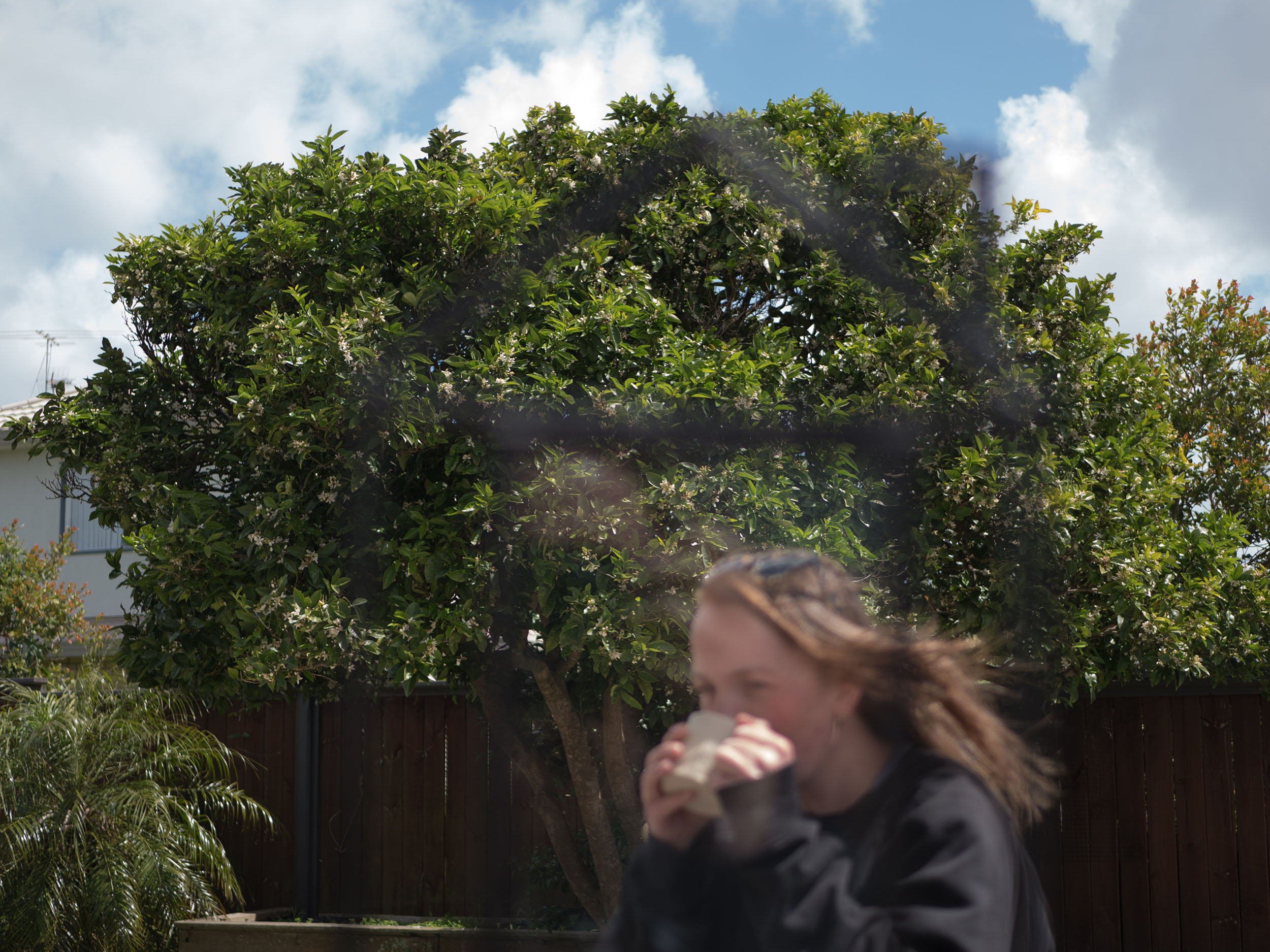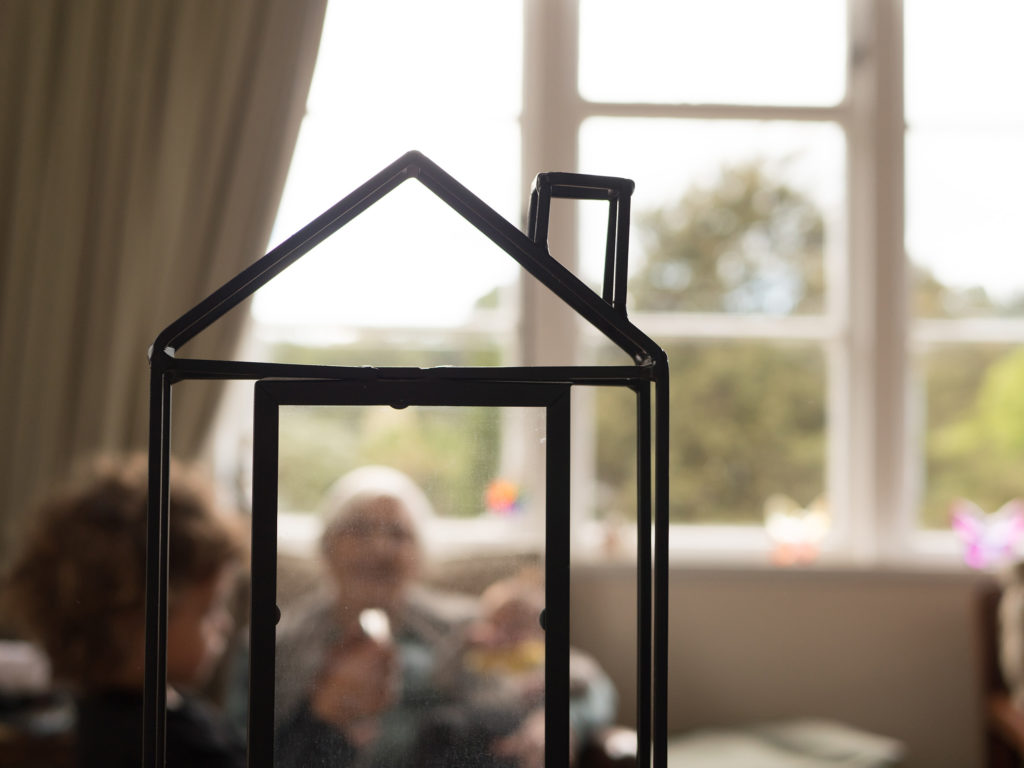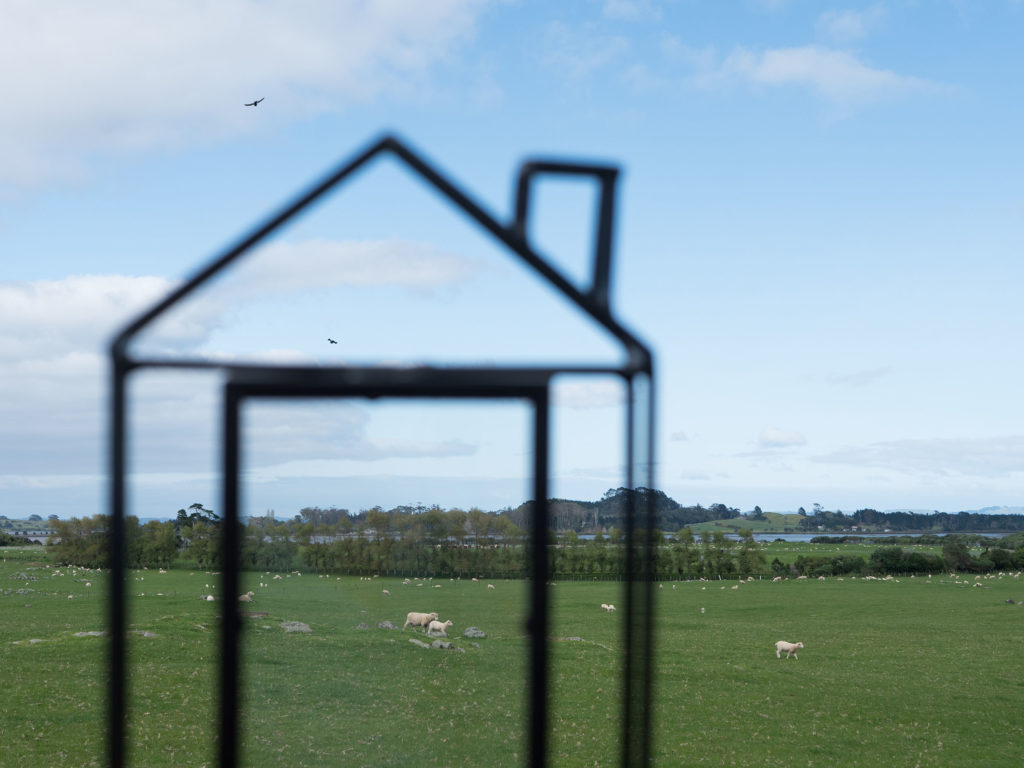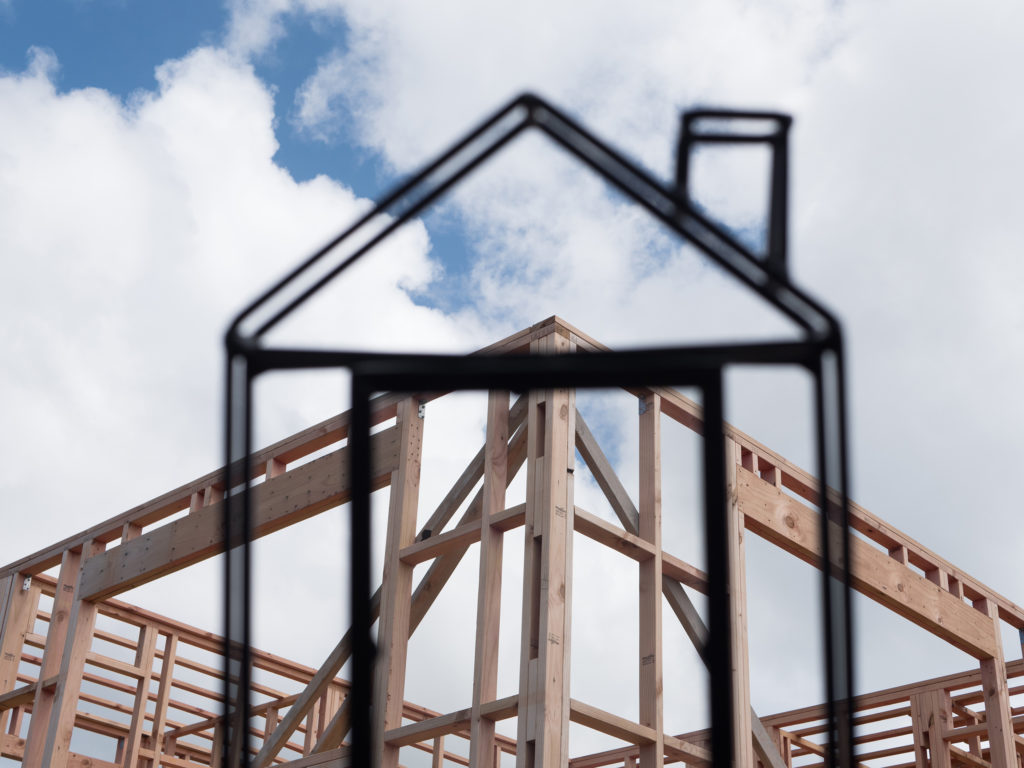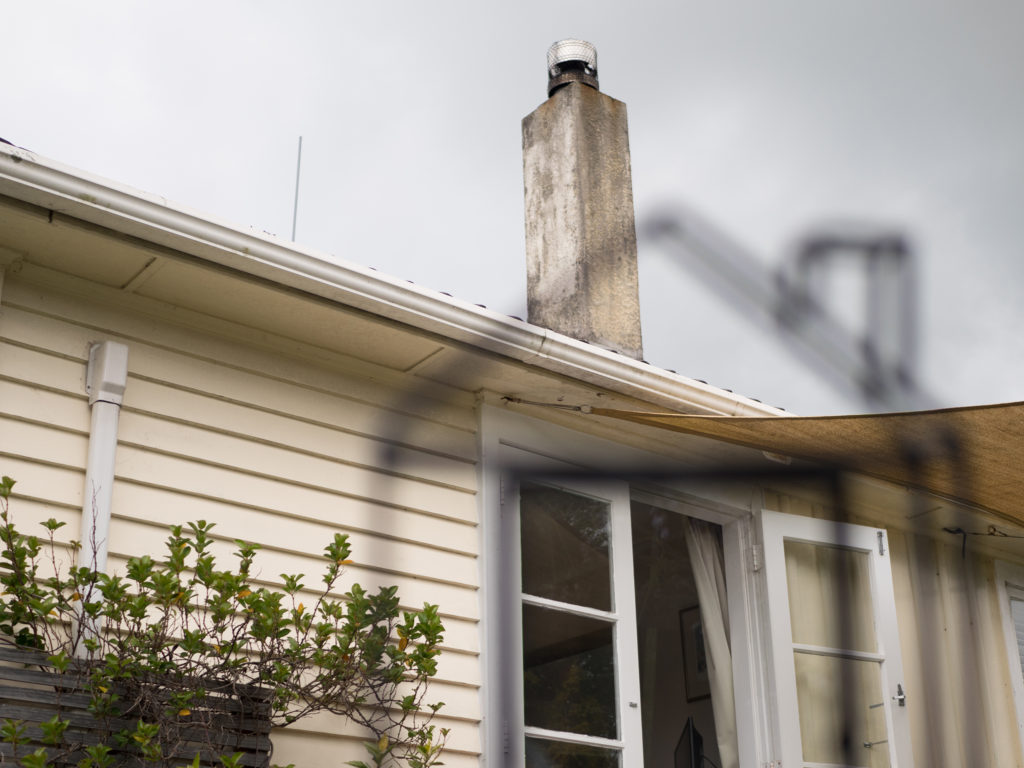22 Oct Photo Essay: Making a Home, an Expanded Vision
I think that home is about what happens within the four walls, but it reaches outside of them also. This can be true whether you have a permanent structure to call home or not.
To explore this idea, I’ve used a house-shaped photo frame to capture four main themes: planting, liturgy, community, and building. This frame prompts us to see both the internal (four walls) and the external (beyond) as being intrinsically connected—they both rely on each other and extend towards each other. Home isn’t determined by house ownership; it’s far deeper and better.
My reflections on the idea of home have come about with the help of some theologians, so pay attention to what they have to say throughout. As you journey through these photos, I invite you to take some time to reflect on your own understanding about home. Reflect prayerfully, and, as you are prompted, note any ways in which you’re being called to respond —Melody.
Planting
“Put in gardens and eat what grows in the country. Enter into the rhythm of the seasons. Become a productive part of the economy of the place. You are not parasites. Don’t expect others to do it for you. Get your hands into the Babylonian soil. Become knowledgeable about the Babylonian irrigation system. Acquire skills in cultivating fruits and vegetables in this soil and climate. Get some Babylonian recipes and cook them.” (Eugene Peterson, Run with the Horses: The Quest for Life at its Best (Downers Grove, IL: InterVarsity Press, 1999), 149.)
Blooming
Liturgy
“When we situate our households in the wider household of God and extend the liturgies of worship to shape the ethos of our homes, we resituate even the mundane. When we frame our workaday lives by the worship of Christ, then even the quotidian is charged with external significance. Our “thin” practices take on thicker significance when nested in a wider web of kingdom-orientated liturgies.” (James K. A. Smith, You are What you Love: The Spiritual Power of Habit (Grand Rapids, MI: Brazos Press, 2016), 133.)
“Fa’afetai Iesu foai mai meaai tausi ai matou le fanau amene” (A Samoan grace said regularly around the dinner table in my household)
Community
“St Paul tells people to get on with their jobs. He even assumes that Christians may go to dinner parties, and, what is more, dinner parties given by pagans. Our Lord attends a wedding and provides miraculous wine. Under the aegis of his Church, and in the most Christian ages, learning and the arts flourish. The solution of this paradox is, of course, well known to you. ‘Whether ye eat or drink or whatsoever ye do, do all to the glory of God.’…. Christianity does not simply replace our natural life and substitute a new one: It is rather a new organisation which exploits, to its own supernatural ends, these natural materials.” (C.S. Lewis, “Learning in War-time,” in Fern-seed and Elephants, ed. W. Hooper (Glasgow: Fontana, 1975), 31–32.)
Kaitiakitanga
Building
“Build houses and make yourselves at home. You are not camping. This is your home; make yourself at home. This may not be your favourite place, but it is a place. Dig foundations; construct a habitation; develop the best environment for living that you can.” (Eugene Peterson, Run with the Horses, 149)
“The front door of the home is the side door of the church.” (Christine D. Pohl, Making Room: Recovering Hospitality as a Christian Tradition (Grand Rapids, MI: Eerdmans, 1999), 157.)
(Images: Copyright Melody Cooper, 2021)


